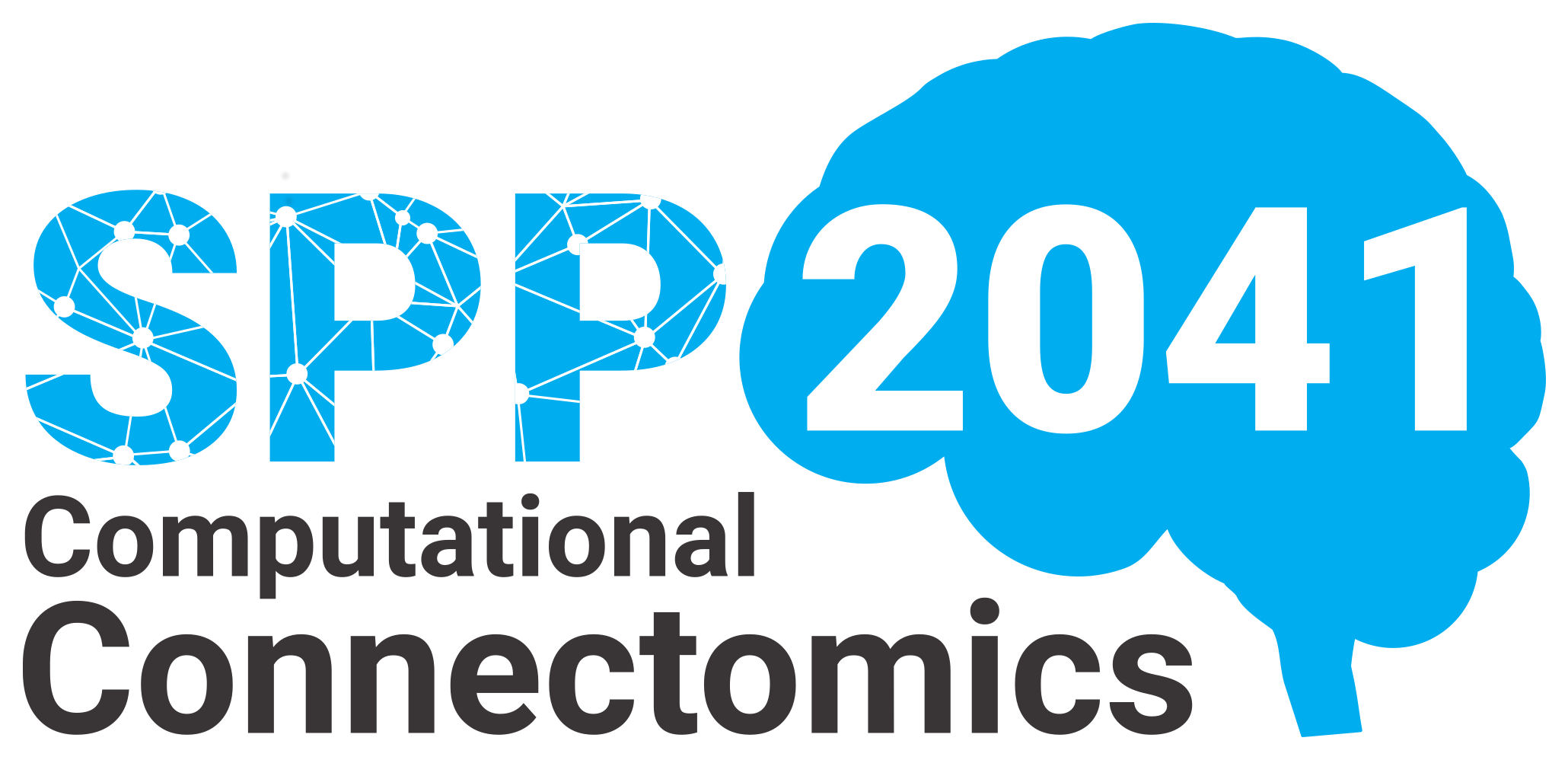Towards a connectomics-based predictive model of the inner retina
Visual processing starts in the retina, where at least 40 distinct features are extracted and sent through parallel channels to higher visual centres in the brain. One of the biggest remaining challenges in retinal research is to understand how these diverse representations arise within the retinal circuits. So far, only a few of these are well understood; in each case, understanding the role of a specific type of interneuron, part of the largely inhibitory retinal cell class collectively called amacrine cells (ACs), was key to revealing the computational mechanisms. Despite the key role of ACs in retinal computations, surprisingly little is known about the great majority of the 60+ genetic types of ACs and their intricate networks in the inner retina. In the first phase of the Priority Program 2041 “Computational Connectomics”, we aimed to further dissect the functional roles of AC circuits for image processing. We developed a new two-photon imaging paradigm and combined functional data recorded with a wide range of visual stimuli with contact-based connectivity data to develop a well-performing predictive model for temporal processing in the inner retina, including AC circuits. In the next phase, we will extend our model to include spatial processing and base it on new electron microscopy reconstructions with synapse-level connectivity and dual-imaging functional data, allowing us to constrain the extended model in unprecedented ways. First, we will generate a new, functionally-annotated connectomics dataset of the mouse retina with synapse resolution. We will use a novel multibeam scanning electron microscope that enables large tissue volumes to be collected in weeks instead of months. Then, we will develop an automatic pipeline to classify the reconstructed cells into types and align them with functional data. We will use 2-photon imaging with axial scans to simultaneously measure glutamate release from bipolar cell (BC) axon terminals – the excitatory input to the inner retina – and activity in AC dendrites through the entire depth of the inner plexiform layer. Next, we will integrate both data modalities by setting up a model for spatio-temporal processing based on the connectivity data between BC and AC types and inferring its parameters based on the functional data. Through iteration, we will improve the model by successively adding more details on connectivity and by fitting it with functional data gained from experiments designed based on modelling results from previous rounds. Together, this will allow us to advance our knowledge of the ACs’ roles in retinal computations.
Visit at GEPRIS
Visit at GEPRIS
Principal Investigators
Privatdozent Dr. Philipp Berens
Universitätsklinikum Tübingen
Department für Augenheilkunde
Forschungsinstitut für Augenheilkunde
Dr. Kevin Briggman, Ph.D.
Forschungszentrum caesar
Professor Dr. Thomas Euler
Eberhard Karls Universität Tübingen
Werner Reichardt-Centrum für integrative Neurowissenschaften (CIN)
